We offer a wide range of services for every need.
20-24 March, 2023, Tanga Fee: Tshs. 850,000
17-21, April, Arusha Fee: Tshs. 850,000
22-26 May, 2023, Arusha Fee: Tshs. 850,000
12-16 June, 2023, Arusha Fee: Tshs. 850,000
11-15 September, 2023, Dodoma Fee: Tshs. 850,000
6-10 November, 2023, Mwanza Fee: Tshs. 850,000
Fee: The fee covers facilitation, breakfast, lunch, participation certificate, and materials only
Financial Reporting Standards provide a guide on how to present various elements in the principal statements in order to permit comparability, relevance and reliability of the financial statements. International accounting standards board and National Boards of various countries requires entities to apply IFRS in recognition, measurement, presentation and disclosures of various items in the financial statements. The standards keep on changing due to updates and new standards such as IFRS 9 and IFRS 15 with effect from 1st January, 2018. Having Professional practitioners and teachers with updates of IFRS application is imperative for professionals dealing with accounting and finances of business entities.
Course Objective
To provide participants with an up to date, practical and detailed knowledge of the new International Financial Reports Standard relevant to business entities and how they are interpreted and applied
Learning Outcome
On completion of this training candidates should be able to:
Course Methodology
Lectures, Discussion and Practical Preparation of Financial Statements.
Course Contents
Module 1: Sources of Authority
Module 2: Elements of Financial Statements
Module 3: PRESENTATION OF FINANCIAL STATEMENTS AND ADDITIONAL DISCLOSURES (IAS 1)
Module 4: PREPARATION OF EXTERNAL REPORTS FOR COMBINED ENTITIES AND JOINT ARRANGEMENTS
Module 5: Analyzing and Interpreting the Financial Statements using various ratios and metrics.
Target Group
Bankers and all Professionals aspiring to gain knowledge in financial reporting standards

Timeless Business Solution is a professional service firm that offers accounting, tax, assurance and consulting services to companies in diverse sectors in Tanzania.
